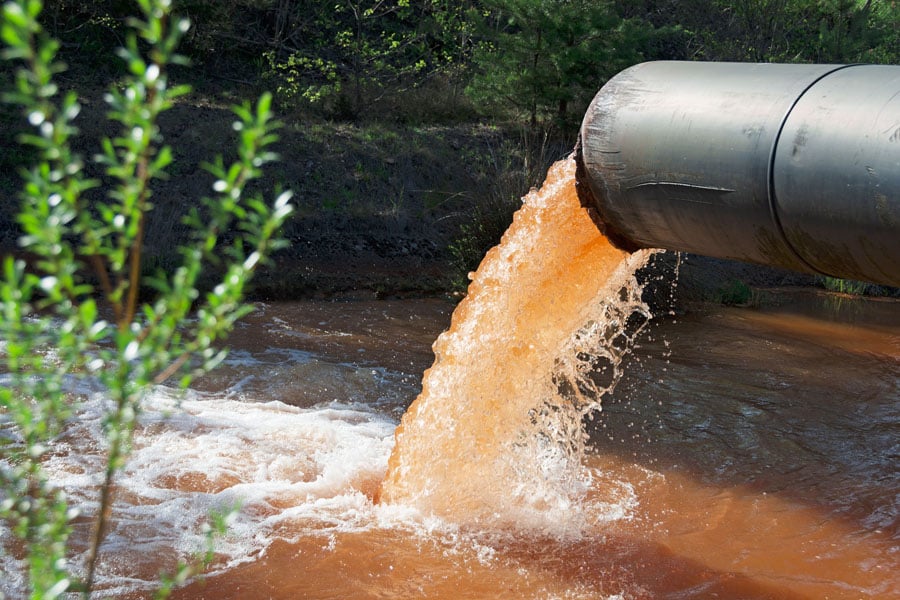
Residues from day-to-day drugs are polluting the world's rivers
Researchers from the University of York in the UK have identified 61 chemical compounds that pollute rivers
 The medicines we use have an impact on the planet, especially on rivers like the Amazon or the Mekong. (Credits: DesignRage / Shutterstock)
The medicines we use have an impact on the planet, especially on rivers like the Amazon or the Mekong. (Credits: DesignRage / Shutterstock)
Researchers from the University of York in the UK, who led the research, studied 258 rivers (including the Amazon, the Mississippi and the Mekong), with the very specific aim of measuring the level of pollution generated by pharmaceuticals.
The results, monitoring 1,052 sampling sites, showed that the majority of these waterways are contaminated with drug residues that are discharged into wastewater and eventually into rivers. According to the study, a quarter of the sites examined have pollution levels that are potentially dangerous for the aquatic species that inhabit them.
The substances responsible for this pollution are numerous: 61 chemical compounds were identified. They come from frequently administered treatments, such as antibiotics, analgesics, anti-inflammatories, antidepressants, stimulants, etc.
Among the most polluted regions are low-income countries, where production plants are often located and where wastewater and waste treatment is still poorly developed. This is particularly the case in Pakistan and Bolivia. Only the rivers in Iceland and a Yanomami village in Venezuela seem to be relatively free of pharmaceutical pollution.







